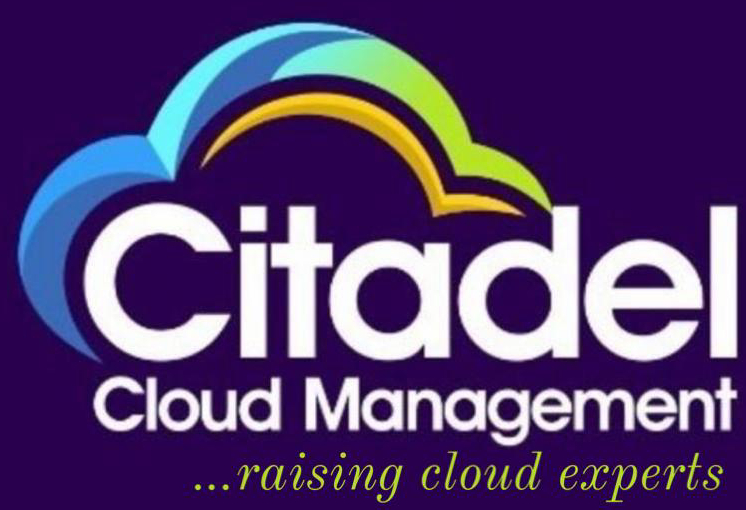
Securing CI/CD Pipelines with DevSecOps from Vulnerabilities and Attacks
citadelcloud
In today’s fast-paced software development environment, Continuous Integration and Continuous Deployment (CI/CD) pipelines are the backbone of efficient and rapid software delivery. However, as the reliance on CI/CD pipelines increases, so does their attractiveness to malicious actors. Securing these pipelines from vulnerabilities and attacks has become paramount. This is where DevSecOps comes into play, embedding security into every phase of the CI/CD process.
Understanding CI/CD and DevSecOps
What is CI/CD?
Continuous Integration (CI) and Continuous Deployment (CD) are practices that enable development teams to integrate code changes frequently and deploy them to production quickly. CI involves the automated testing and merging of code changes, ensuring that new code integrates seamlessly with the existing codebase. CD, on the other hand, automates the deployment of these integrated changes to production, making the latest features and fixes available to users more rapidly.
What is DevSecOps?
DevSecOps extends the principles of DevOps (Development and Operations) by integrating security practices into the CI/CD pipeline. It promotes a culture where security is a shared responsibility across the entire development lifecycle, from planning and coding to testing and deployment. DevSecOps ensures that security measures are implemented continuously and automatically, reducing the risk of vulnerabilities and attacks.
Why Securing CI/CD Pipelines is Crucial
The CI/CD pipeline, if compromised, can serve as an entry point for attackers, allowing them to inject malicious code, steal sensitive data, or disrupt services. Key reasons why securing CI/CD pipelines is critical include:
- Increased Attack Surface: CI/CD pipelines involve multiple tools and processes, each of which can be targeted by attackers.
- Speed and Automation: The rapid pace of CI/CD can lead to the deployment of unvetted code, increasing the risk of vulnerabilities.
- Data Sensitivity: CI/CD pipelines often handle sensitive information, including credentials, configuration files, and source code.
Key Strategies for Securing CI/CD Pipelines with DevSecOps
1. Integrate Security Early in the Development Process
Security should be considered from the very beginning of the development process. This involves:
- Conducting threat modeling to identify potential security risks.
- Implementing secure coding practices and guidelines.
- Using automated tools to perform static application security testing (SAST) and dynamic application security testing (DAST).
2. Automate Security Testing
Automation is at the heart of CI/CD, and security testing should be no exception. Automate security testing to ensure that vulnerabilities are identified and addressed promptly:
- SAST: Analyze the source code for vulnerabilities before code is merged into the main branch.
- DAST: Test the application in a runtime environment to identify vulnerabilities that may not be detectable in the source code.
- Software Composition Analysis (SCA): Check for vulnerabilities in third-party libraries and dependencies.
3. Implement Continuous Monitoring and Auditing
Continuous monitoring and auditing of the CI/CD pipeline can help detect and respond to security threats in real time:
- Use security information and event management (SIEM) systems to monitor pipeline activities.
- Implement logging and alerting mechanisms to detect suspicious activities.
- Regularly audit the CI/CD pipeline to ensure compliance with security policies and standards.
4. Secure Access Controls
Restricting access to the CI/CD pipeline is crucial for preventing unauthorized access and actions:
- Implement role-based access control (RBAC) to limit access based on the principle of least privilege.
- Use multi-factor authentication (MFA) to enhance security for accessing the pipeline.
- Regularly review and update access permissions to reflect changes in team roles and responsibilities.
5. Protect Secrets and Credentials
Secrets and credentials used in the CI/CD pipeline should be managed and stored securely to prevent leakage:
- Use secret management tools to store and manage sensitive information.
- Rotate secrets and credentials regularly to minimize the impact of a potential compromise.
- Avoid hardcoding secrets in the source code and configuration files.
6. Use Container Security Best Practices
With the increasing adoption of containerization, securing containers within the CI/CD pipeline is essential:
- Use container scanning tools to detect vulnerabilities in container images.
- Implement runtime security to monitor and protect running containers.
- Ensure that only trusted and verified images are used in the pipeline.
Challenges in Implementing DevSecOps in CI/CD Pipelines
While DevSecOps offers significant benefits, implementing it in CI/CD pipelines comes with challenges:
1. Cultural Shift
Shifting to a DevSecOps culture requires buy-in from all stakeholders, including developers, operations, and security teams. It involves changing the mindset from viewing security as a separate phase to an integral part of the development process.
2. Tool Integration
Integrating security tools into the CI/CD pipeline can be complex, especially when dealing with multiple tools and technologies. Ensuring seamless integration and interoperability is essential for effective security automation.
3. Balancing Speed and Security
One of the primary goals of CI/CD is to deliver software quickly. Implementing security measures should not compromise the speed and efficiency of the pipeline. Striking the right balance between speed and security is crucial.
Best Practices for Implementing DevSecOps in CI/CD Pipelines
1. Foster a Security-First Culture
Encourage a culture where security is everyone’s responsibility. Provide training and resources to help team members understand and implement security best practices.
2. Choose the Right Tools
Select security tools that integrate seamlessly with your CI/CD pipeline and support automation. Consider tools that provide comprehensive coverage, including SAST, DAST, and SCA.
3. Automate Everything
Automation is key to successful DevSecOps implementation. Automate security testing, monitoring, and compliance checks to ensure continuous and consistent security.
4. Implement Feedback Loops
Establish feedback loops to ensure that security issues are identified and addressed promptly. This includes integrating security findings into the development workflow and conducting regular security reviews.
FAQs: Securing CI/CD Pipelines with DevSecOps
1. What is the main goal of DevSecOps?
The main goal of DevSecOps is to integrate security practices into the CI/CD pipeline, ensuring that security is a shared responsibility across the development lifecycle and that vulnerabilities are addressed continuously and automatically.
2. How can automation enhance security in CI/CD pipelines?
Automation enhances security by enabling continuous and consistent security testing, monitoring, and compliance checks. It ensures that vulnerabilities are identified and addressed promptly without slowing down the development process.
3. What are some common tools used in DevSecOps?
Common tools used in DevSecOps include static application security testing (SAST) tools, dynamic application security testing (DAST) tools, software composition analysis (SCA) tools, container scanning tools, and secret management tools.
4. How can we protect secrets and credentials in CI/CD pipelines?
Secrets and credentials can be protected by using secret management tools, rotating secrets regularly, and avoiding hardcoding them in source code and configuration files. Ensuring that only authorized personnel have access to secrets is also crucial.
5. What are the challenges of implementing DevSecOps?
Challenges include fostering a security-first culture, integrating security tools into the CI/CD pipeline, and balancing the need for speed and efficiency with robust security measures.
Conclusion
Securing CI/CD pipelines with DevSecOps is essential for protecting software development processes from vulnerabilities and attacks. By integrating security into every phase of the CI/CD pipeline, automating security testing, and fostering a security-first culture, organizations can achieve a robust security posture without compromising on speed and efficiency. Embracing DevSecOps not only enhances security but also promotes collaboration and continuous improvement, ultimately leading to more secure and resilient software.
Table of Contents
Latest Articles

